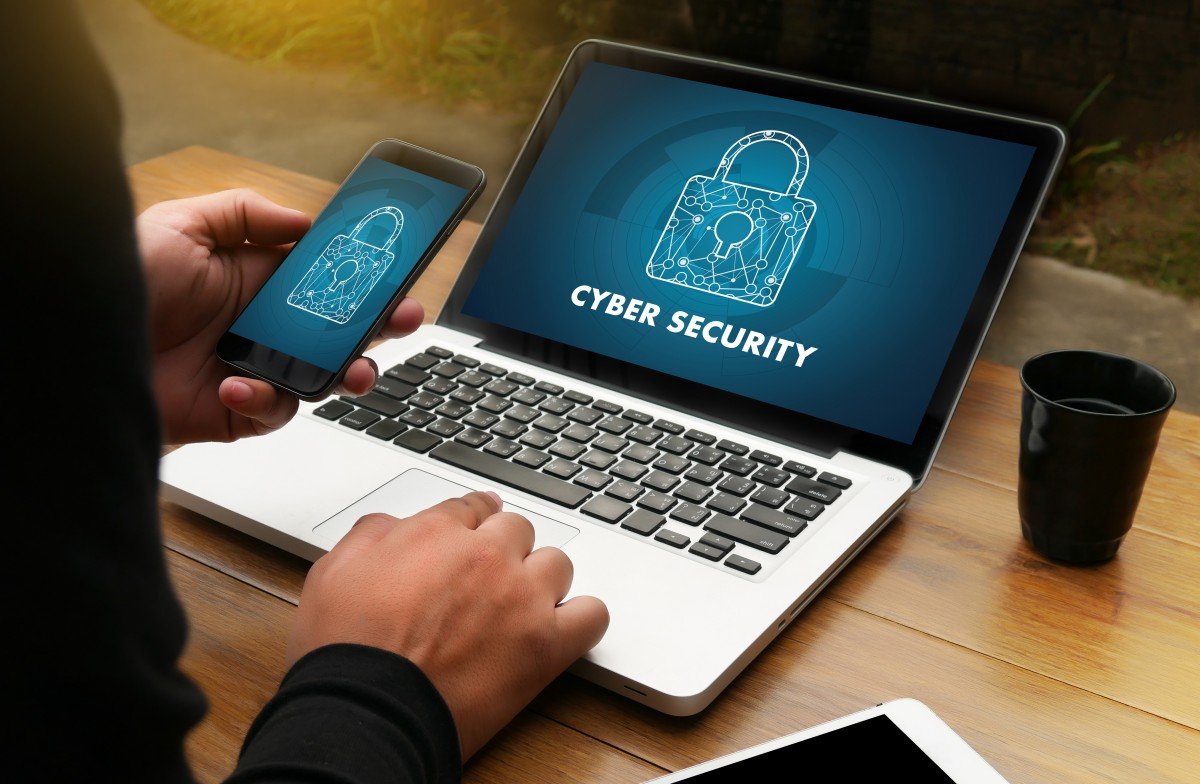Tips to Make Your Workforce a Security Front Line
In today’s digital age, the human element is often the weakest link in an organization’s security chain. However, with the right training and awareness, your workforce can become a formidable front line against cyber threats. Here are some expert tips to transform your employees into proactive security defenders.
1. Implement Comprehensive Security Training Programs
A well-structured security training program is essential for educating employees about the latest cyber threats and best practices. Offer regular training sessions that cover topics such as phishing, social engineering, password management, and safe internet usage. Interactive and engaging training formats, such as simulations and gamified learning, can enhance retention and application of security principles.
2. Foster a Security-Aware Culture
Creating a culture that prioritizes security starts from the top. Leadership should actively promote security awareness and demonstrate commitment through their actions. Encourage open communication about security concerns and incidents, and recognize employees who contribute to maintaining a secure environment. This culture of vigilance and responsibility will permeate throughout the organization.
3. Conduct Regular Phishing Simulations
Phishing attacks are one of the most common and effective methods used by cybercriminals. By conducting regular phishing simulations, you can test and improve your employees’ ability to recognize and respond to suspicious emails. Provide immediate feedback and follow-up training for those who fall for simulated attacks, reinforcing the learning experience.

4. Enforce Strong Password Policies
Weak passwords are a significant vulnerability. Implement strong password policies that require employees to use complex passwords and change them regularly. Encourage the use of password managers to securely store and manage passwords. Multi-factor authentication (MFA) should also be enforced to add an additional layer of security for accessing critical systems and data.
5. Promote Safe Remote Work Practices
With the rise of remote work, it’s crucial to ensure that employees follow security best practices when working from home or other remote locations. Provide guidelines on securing home networks, using virtual private networks (VPNs), and avoiding public Wi-Fi for sensitive tasks. Regularly update remote work policies to address emerging threats and challenges.
6. Regularly Update and Patch Systems
Ensure that all systems, software, and devices used by employees are regularly updated and patched. Cybercriminals often exploit known vulnerabilities in outdated software. Implement automated systems for managing updates and patches to minimize the risk of human error and ensure timely protection against threats.
7. Encourage Reporting of Security Incidents
Empower employees to report any suspicious activity or security incidents without fear of retaliation. Establish clear reporting channels and procedures, and ensure that employees understand the importance of timely reporting. Promptly investigate and address reported incidents to prevent further damage and reinforce the importance of vigilance.
8. Limit Access to Sensitive Information
Adopt the principle of least privilege, ensuring that employees only have access to the information and systems necessary for their roles. Regularly review and adjust access controls to prevent unauthorized access and reduce the risk of insider threats. Implement robust identity and access management (IAM) solutions to streamline and secure access control processes.
9. Conduct Regular Security Audits
Regular security audits and assessments can help identify vulnerabilities and areas for improvement in your security posture. Use the findings from these audits to update training programs, policies, and technical controls. External audits by third-party experts can provide an objective assessment and valuable insights.
10. Stay Informed About Emerging Threats
Cyber threats are constantly evolving, and staying informed is crucial for maintaining a strong security posture. Subscribe to cybersecurity news sources, participate in industry forums, and engage with security experts to keep up-to-date with the latest threats and mitigation strategies. Share relevant information with your employees to keep them informed and prepared.
Conclusion
Transforming your workforce into a security front line requires ongoing effort, education, and commitment. By implementing comprehensive training programs, fostering a security-aware culture, and adopting best practices, you can significantly enhance your organization’s resilience against cyber threats. Remember, a vigilant and well-informed workforce is your best defense in the digital battlefield.




